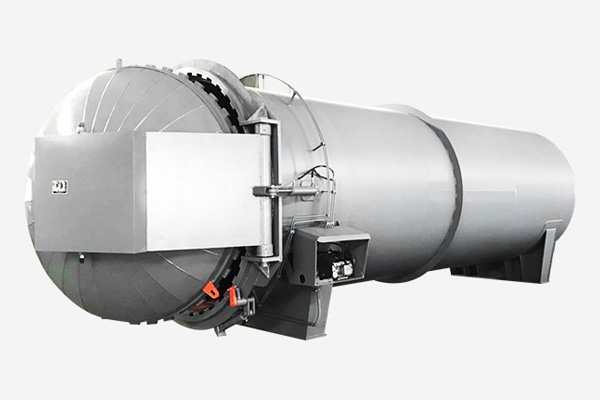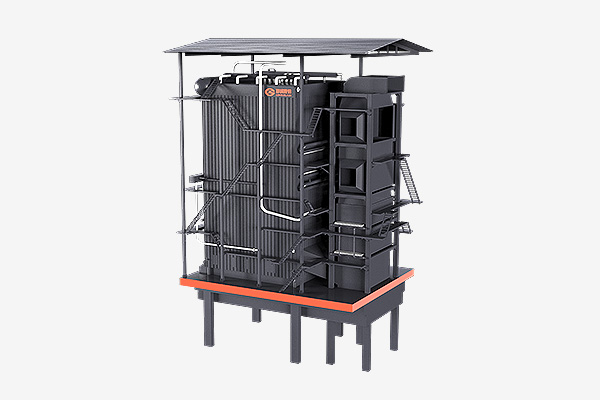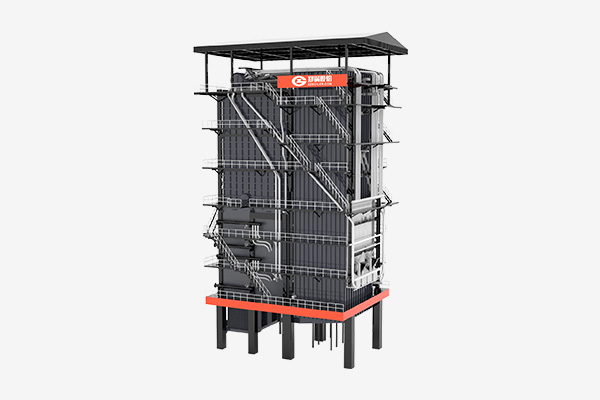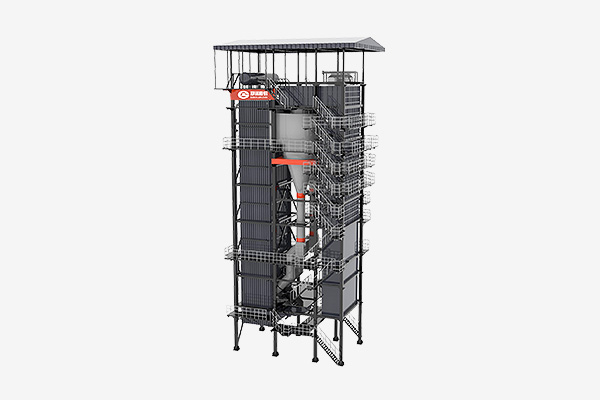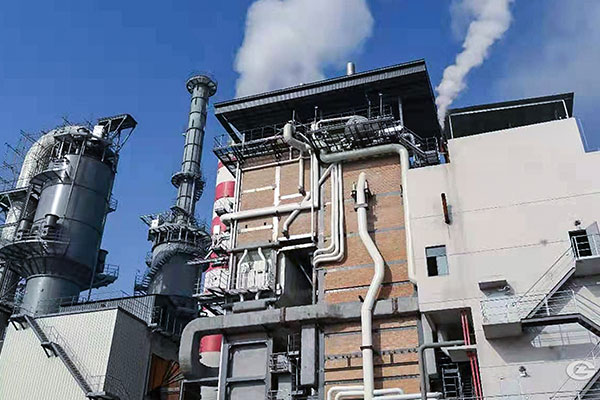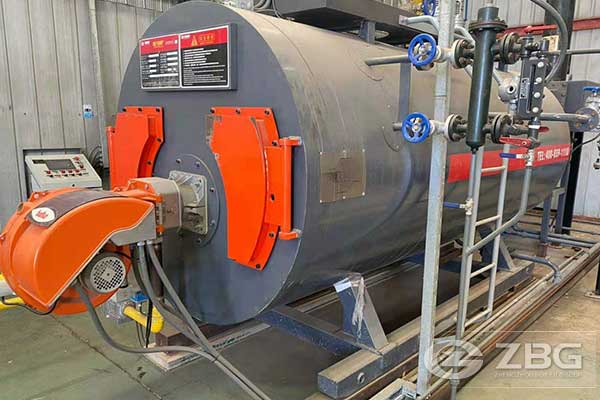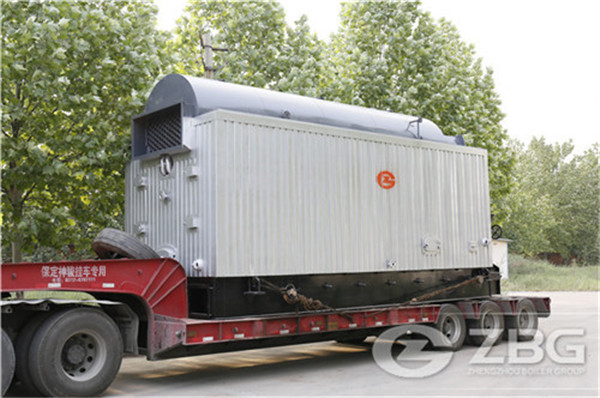What Are The Classifications Of Waste Heat Boilers
2023-04-10 08:34:24Classification of waste heat boilers:
I. Classification according to the pressure level of the steam generated by the waste heat boiler:
At present, waste heat boilers adopt five types of steam-water systems: single pressure, double pressure, double pressure reheat, triple pressure, and triple pressure reheat.
1. Single-pressure waste heat boiler: The waste heat boiler only produces steam of one pressure to supply the steam turbine.
2. Dual-pressure or multi-pressure waste heat boiler: The waste heat boiler can produce two or more different pressures of steam to supply the steam turbine.
II. Classification according to the arrangement of the heating surface:
1. Horizontal layout waste heat boiler;
2. The waste heat boiler is arranged vertically.
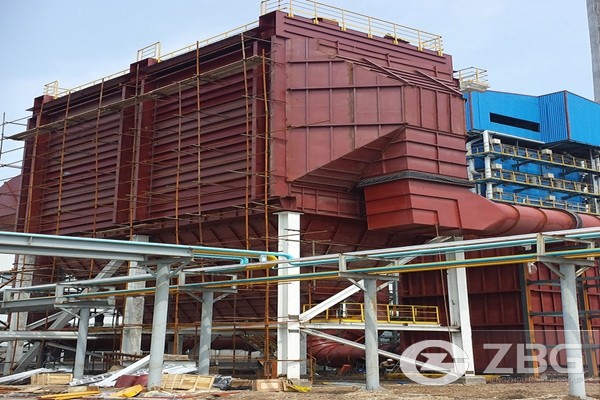
waste-heat-boilers
III. Classification according to the flow characteristics (working principle) of the working fluid in the evaporation heating surface
1. Natural circulation waste heat boiler
The flue gas flows horizontally through the tube clusters installed in the vertical direction. The density difference between the water vapor mixture in the tube cluster and the cold water in the downcomer is the power to maintain the natural circulation of the vapor water mixture in the evaporator.
2. Forced circulation waste heat boiler
The flue gas usually always flows vertically through the horizontally arranged tube bundles. The circulation pump is used to ensure the constant circulation flow in the evaporator.
3. DC waste heat boiler
The once-through waste heat boiler relies on the pressure head of the feed water pump to turn the feed water into superheated steam through each heating surface once. In the evaporation heating surface, the flow of working fluid is realized by the pressure head of the feed water pump.
For all inquiries, please fill in the form below (* are required) to send us a brief message, and we will get back to you as soon as possible.
